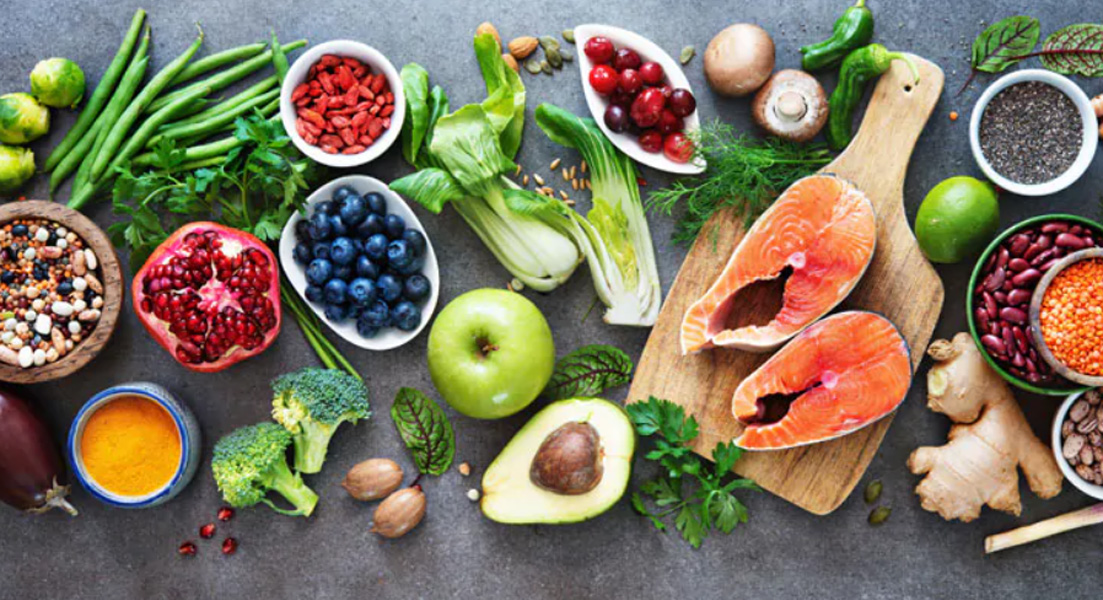| Q: | |
| With its diverse range of ingredients, cooking methods, and spices, Indian cuisine can serve as a healthy dietary option for people with diabetes or high blood pressure. This cuisine provides an abundance of choices that are abundant in nutrients, fiber, and good fats that can aid in controlling blood sugar levels and decreasing the chances of developing hypertension. |
|
 |
|
| Emphasizing whole grains and legumes is one of the most notable advantages of Indian food for those with diabetes. Such foods ... | |
| Indian cuisine has several advantages for people with diabetes, including its emphasis on whole grains and legumes, which are high in fiber and have a low glycemic index, helping to stabilize blood sugar levels. Furthermore, the cuisine frequently utilizes various spices like turmeric, cinnamon, and fenugreek, which are beneficial in managing blood sugar levels and improving insulin sensitivity. For those with high blood pressure, Indian cuisine offers numerous health benefits. The cuisine highlights the use of healthy fats such as ghee and coconut oil, which can reduce blood pressure. Moreover, many classic Indian dishes contain yogurt, a good source of potassium and calcium, two minerals that can help regulate blood pressure. Indian food tends to be low in refined carbohydrates, as it frequently features whole grains like brown rice and whole wheat flour, which are rich in fiber and have a lower amount of refined carbs. This can help to regulate blood sugar levels and prevent insulin spikes. Moreover, Indian cuisine typically incorporates a diverse range of vegetables and legumes that are high in fiber, which can help to slow down carbohydrate absorption and avoid blood sugar spikes. In addition, Indian dishes commonly include spices such as turmeric, cumin, and coriander, which have anti-inflammatory properties and may contribute to decreasing blood sugar levels and enhancing insulin sensitivity. Finally, Indian cooking often involves the use of whole food ingredients and avoids relying on processed or pre-packaged foods, which can be high in sugar and salt. Yogurt: Indian cuisine commonly includes yogurt, which is high in potassium and calcium and can help to lower blood pressure in individuals with hypertension. Use of healthy fats: The use of healthy fats, such as ghee (clarified butter) and coconut oil, is common in Indian cuisine and can have advantages for individuals with high blood pressure or diabetes. Limited use of salt: Although certain Indian dishes may contain high amounts of salt, numerous traditional dishes incorporate an array of spices to enhance flavor without excessive use of salt. Limited use of meat: Indian cuisine commonly features vegetarian dishes or dishes containing limited amounts of meat, which may be advantageous for individuals with high blood pressure because of their reduced levels of saturated fat. Use of Ayurvedic principles: Indian cuisine follows Ayurvedic principles that emphasize a balanced diet and lifestyle to promote health and prevent diseases. This makes it beneficial for managing conditions like diabetes and high blood pressure. Overall, Indian cuisine can be a healthy and flavorful option for individuals with these conditions by using whole foods, healthy fats, and anti-inflammatory spices, promoting well-being and disease management. |
|
The Mystery takeaway
Indian Takeaway 46 Thornhill Park Rd
Thornhill, Southhampton www.themysterytakeaway.com
|
|
| The Mystery indian Takeaway in SO18, SO19, SO30 and Thornhill park road | |
 |
|
